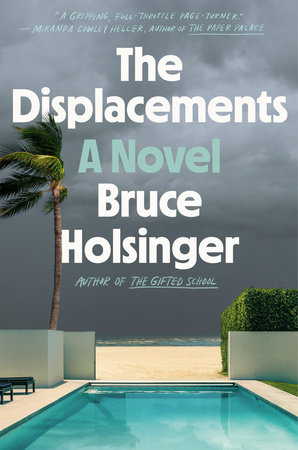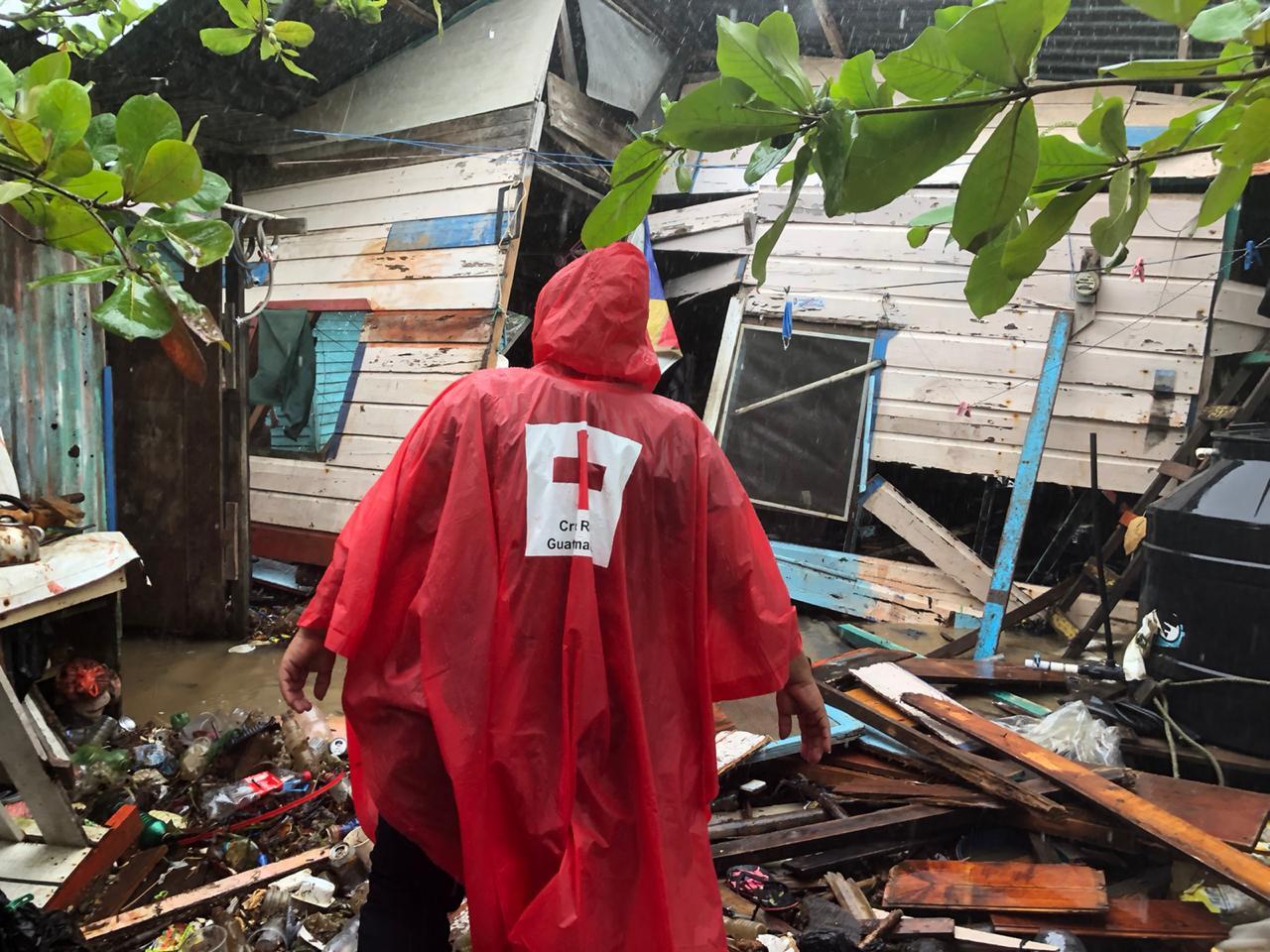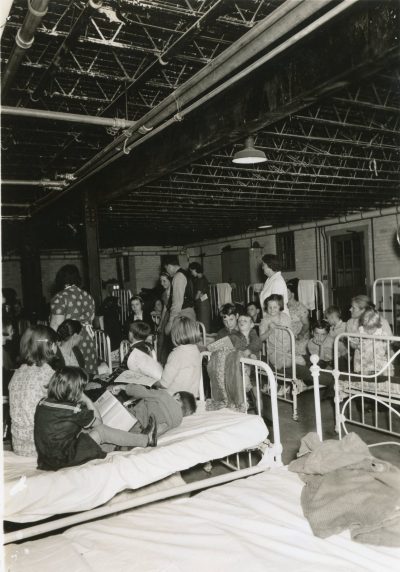The Displacements

Recently, a colleague recommended the new novel by Bruce Holsinger, The Displacements, as material that might be of interest to the Disaster Lab project. Always on the lookout for inspiration, it was fascinating to sit with this novel about an upper class American family that is displaced from their home in Miami when the world’s first Category 6 hurricane strikes the region. “Hurricane Luna” then moves on to destroy Houston and all the shipping and oil refinery facilities in that area. The novel outlines the family’s life of affluence before plunging into the harrowing effects of their displacement, not the least of which is loss of income, home, identity and community connections. As the novel follows the family’s journey from home to camp, Holsinger also explores various inter-personal relations, most notably between parent and child, and the social life of the camp.
In talking about the book, Holsinger (who teaches in the Department of English at the University of Virginia) underscored the “many points of view” that he tried to evoke. He also explained that his original idea was to set the book against the backdrop of wildfires in California, and places such as Malibu and Paradise. He ultimately decided to use South Florida as the setting because of the region’s “vulnerability’” and “the immense concentration of wealth.” The vulnerability of the ecosystem here is something that was also laid bare in The Gulf: The Making of an American Sea by Jack E. Davis (a Pulitzer Prize winning work).
Partly because of Holsinger’s focus on the affluent, and the idea of “disaster at home,” The Displacements has received considerable media attention. Writing in the New York Times, Hannah Gold offered some criticism about the tensions between hope and despair in the novel before ultimately concluding, “The Displacements” is a thorough translation to fiction of what it can feel like to live right now. It’s hypnotic, it’s upsetting, there are stakes, you still haven’t been blown away.” Kirkus Reviews called it “brilliantly imagined and terrifyingly believable.”

Photo Credits: IFRC
The Displacements certainly has particular appeal for academic audiences interested in questions of climate change and displacement. Holsinger’s detailed descriptions of meteorological events, which he researched with assistance from staff and faculty at the Department of Atmospheric Sciences at the University of Miami, are particularly powerful. In fact, Holsinger is able to make Hurricane Luna appear as a sentient being:
The great storm has turned.
In her middle, the winds thicken.
Along the coast, the waters warm.
Luna, now Florida bound, drinks.[1]
Holsinger also captures some of the past, present and future in the disasters that he spins in this fictional, though very realistic tale. The disturbing and enduring structural failures that compounded the devastation of Hurricane Katrina in New Orleans in 2005 provide important background. There are occasional (though not many) references to Covid, suggesting that Holsinger must have completed this work just as the pandemic hit. And in a creative twist, Holsinger captures the future by imagining an oral history project in which survivors recount their experiences. The imagined excerpts from interviews that Holsinger creates for his novel work well and let the reader move across time and space alongside the displaced.

The Displacements captures much of what the scholarship on displacement and disasters has been foregrounding in recent years. It is careful to highlight issues around language and identity (noting that the American citizens who are displaced are to be called Internally Displaced People and not “refugees” – a fallout from the rhetorical debates around assistance to victims of Hurricane Katrina). Same with the rhetorical choreography around “the camp.” The novel also traces the unevenness of the events on people depending on their race, class, gender or immigrations status (the fates of undocumented agricultural workers in the story stand out in this regard). Tom Piazza took a very similar approach in his work, City of Refuge, which imagined the wildly different fates of white and black families after Hurricane Katrina.
Reading The Displacements conjures up the old adage of “truth being stranger than fiction.” In this case, the sentiment is more along the lines of history being harder than fiction. As we continue to work through the findings for the Disaster Lab project and give thought to future research directions, the importance of oral history interviews is a recurring discussion. At the same time, given that some of the communities we are studying have experienced disasters in a cyclical manner and given that we are living and researching in an ongoing pandemic, the question of timing and the appropriateness of oral histories in this moment gives us pause. Bruce Holsinger is able to conjure harrowing stories to educate and enlighten and he does so very well. But in reading The Displacements it was striking how he could do so at a remove, at a distance. For scholars engaged in oral history work around disasters, there is no remove. There is tremendous obligation and in this way, history is indeed harder than fiction.
[1] Bruce Holsinger. The Displacements. (New York: Penguin Random House Press, 2022), 40.
– Dr. Laura Madokoro